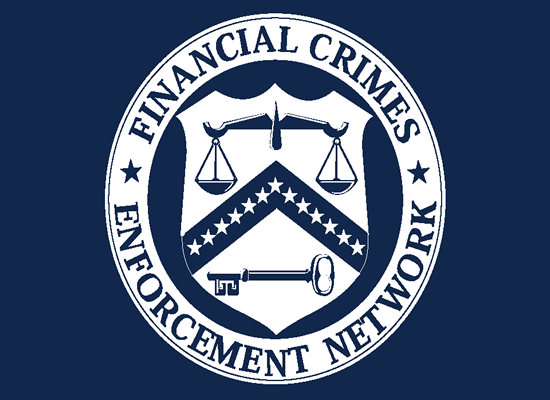- Remittance
- Exchange Rate
- Stock
- Events
- EasyCard
- More
- Download
Are Overseas Transfers Risky? How to Choose the Safest Method?
In today’s globalized world, overseas transfers have become increasingly common. Whether it’s for international trade, remittance for education, or migration fund transfers, a secure method for international transfers is crucial to safeguard personal and business funds. However, the risks associated with cross-border transfers have also increased, such as fund loss and information leakage. Therefore, choosing a secure transfer method is particularly important.
I. Common Overseas Transfer Methods

Bank wire transfers are a traditional and widely used method for international transfers. The advantages of this method include the comprehensive security measures provided by banks, such as encryption technology and anti-money laundering policies. Additionally, banks usually monitor large transactions to ensure fund security.
However, there are also significant disadvantages to bank wire transfers. First, the costs are relatively high, especially when multiple intermediary banks are involved. Each intermediary bank may charge a fee, increasing the total cost. Second, the processing time is relatively long, usually requiring 1-5 business days, depending on the number and processing speed of intermediary banks.
Despite these drawbacks, bank wire transfers remain a preferred method for many people making large international transfers due to their high security.
International remittance service providers such as Western Union, MoneyGram, and BiyaPay are known for their convenience and speed. Users can remit money through physical locations or online platforms, and these services are often completed within minutes.
The advantages of these services include fast processing times and an extensive service network. However, some of these providers charge high fees, and their exchange rates are often less favorable. Users should choose based on their specific needs and the characteristics of the service.
II. Key Factors for Secure Overseas Transfers
Encryption technology is the cornerstone of ensuring the security of overseas transfers. Modern financial institutions and remittance service providers typically use SSL/TLS encryption protocols to protect users’ sensitive information. These protocols ensure that data is not intercepted or tampered with during transmission.
To prevent fraudulent activities, many service providers employ two-factor authentication (2FA) and biometric technologies (such as fingerprint and facial recognition). These measures significantly enhance account security and prevent unauthorized access.
Anti-Money Laundering (AML) policies and Know Your Customer (KYC) procedures are crucial components of the international financial system. These measures require financial institutions to verify customer identities and monitor suspicious transactions to prevent funds from being used for illegal activities.

Holding compliant financial service licenses is a crucial standard for evaluating the security of a service provider. For example, BiyaPay holds MSB (Money Services Business) financial service licenses in the United States and Canada, ensuring that its operations meet strict international standards. These licenses not only enhance the legitimacy and security of the service but also increase user trust.
Many financial service providers offer transfer insurance and customer compensation policies. If errors or fund losses occur, users can receive compensation. Understanding the insurance policies of service providers can provide users with additional security.
III. How to Choose the Safest Transfer Method
When selecting an overseas transfer method, the first step is to understand the security measures of each service provider. This includes encryption technology, user verification, anti-money laundering policies, and more. Comparing the security features of different methods can help users choose the service that best meets their needs.
Choosing a reputable service provider is a crucial step in ensuring transfer security. Users can assess the provider’s reputation by looking at user reviews, professional evaluations, and third-party security certifications. For instance, BiyaPay enjoys a good reputation among users and holds MSB financial service licenses in the United States and Canada, which attest to its safety and reliability.
While ensuring security, transaction fees and speed are also important factors when choosing a transfer method. Although some providers may charge higher fees, they might offer higher security and faster processing times. Users should balance security, cost, and speed based on their specific needs.
Different countries have varying laws and regulations regarding cross-border fund transfers. Users should ensure that their chosen service provider complies with local laws and that their own actions are also legally compliant. This not only avoids legal risks but also ensures the smooth progress of the transfer process.
Conclusion
In summary, choosing a secure method for overseas transfers is crucial for safeguarding funds. The international remittance platform BiyaPay charges as low as 1% in fees and offers a global, decentralized, real-time transfer method for converting digital currency to fiat currency, making overseas transfers unlimited in amount. Additionally, BiyaPay holds MSB financial service licenses in the United States and Canada, enhancing its credibility in compliance and security.
By understanding encryption technology, user verification, anti-money laundering measures, compliance, and insurance and compensation policies, users can make more informed decisions.
We hope this article helps you better understand how to choose and implement a secure method for overseas transfers. Whether for individuals or businesses, prioritizing security in cross-border fund transfers and taking necessary measures to ensure each transfer is completed smoothly and safely is paramount.

























